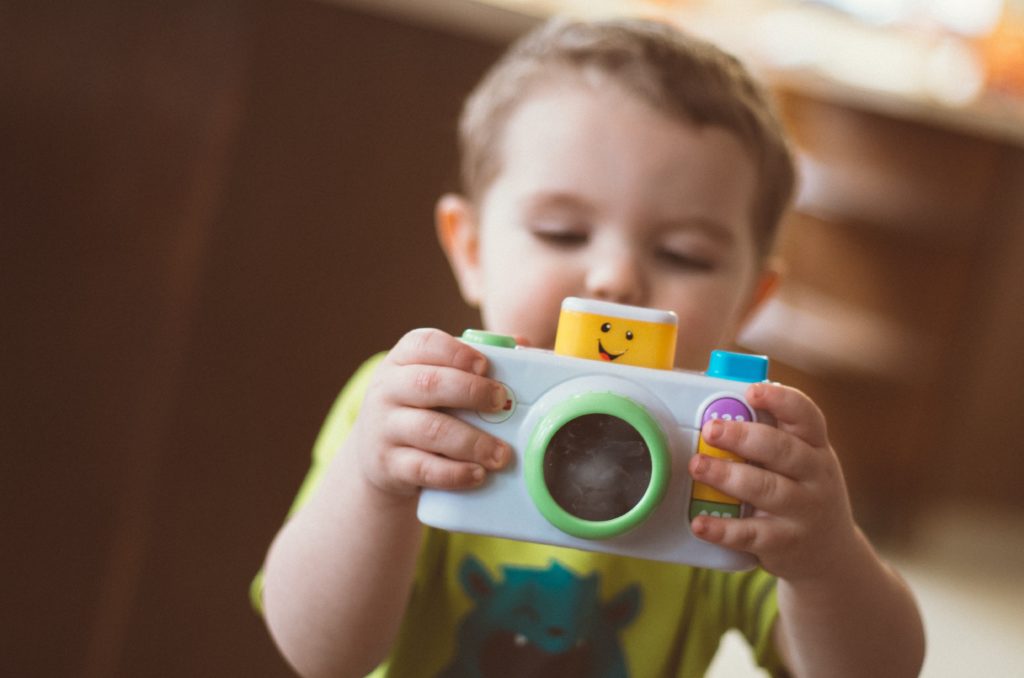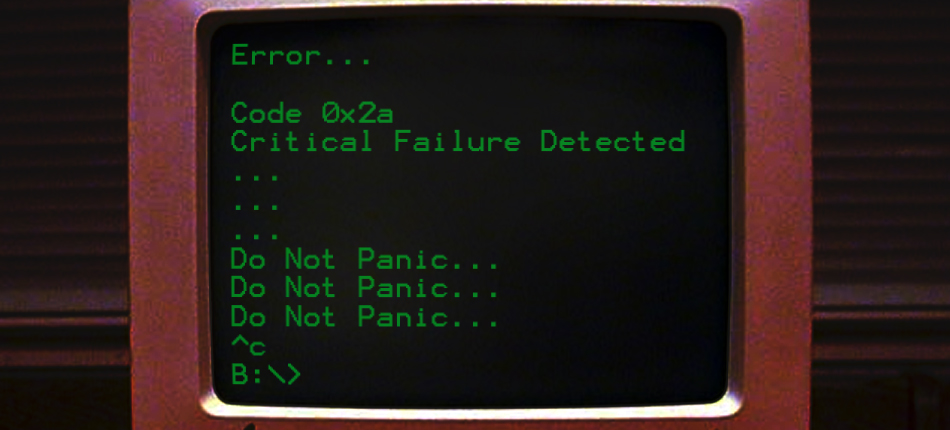Given that I’ve recently returned from CHI, I thought I would write up a few of my thoughts in a little mini-series of blog posts. Some, like this one, will be related to research, while others will be related more to going to the conference and my reflections on academia and HCI more broadly given my experiences in Glasgow.

One of the opportunities I had this year, as a newly minted PhD, was to chair a session (that is, run the session of paper presentation, introduce the speakers, hand out the best paper awards, ask questions if the audience is shy, and, most importantly, keep to time). It was a fun job and gave me a chance to engage with the speakers for some great papers! So, I thought I would recap some of the highlights about play and technology that piqued my interest during the conference.
Play (with/through/around technology) is one of the pillars of my research, as you can read in the blog recapping my own paper presentation at CHI. The other work I saw presented was a nice compliment to my own research. One paper, “Coding for Outdoor Play: a Coding Platform for Children to Invent and Enhance Outdoor Play Experiences,” was about an outdoor play activity that teaches children how to code. This game also had a social component with children working together to create game rules (which translated as ‘code’). Another paper, “Group Interactions in Location-Based Gaming: A Case Study of Raiding in Pokémon GO,” also looked at social aspects of play in outdoor spaces. I think there’s a lot of interesting avenues of this research at the intersection of play (indoor or outdoor, virtual or physical), technology, and social interactions.

These papers give a us a road map forward in terms of understanding children’s play in the 21st Century. What most excites me about this work is I can see the opportunity here to be inclusive. Children with disabilities can benefit from augmenting environments with technology. I have seen this in my own work and I can see the natural extensions of some of the work above to move into disability spaces. In fact, Microsoft seems to also be moving a similar direction with the announcement of augmented reality Minecraft. This space is new and exciting, and I think with a little forethought and care we can make this inclusive for everyone.


0 Comments
3 Pingbacks